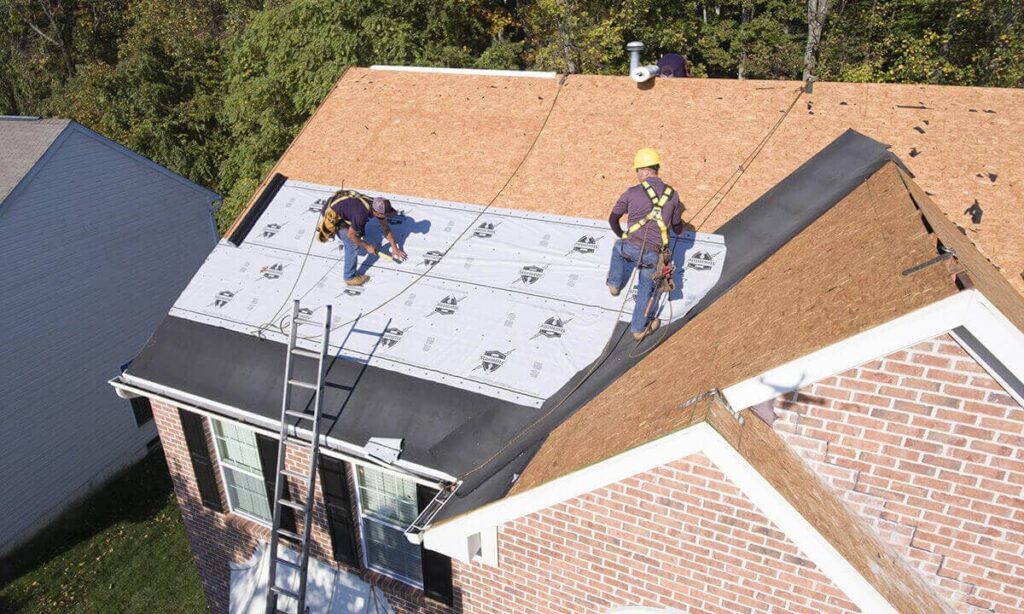Roofing is a important element of architecture for a number of necessary reasons:
Protection from the Elements: One of the primary functions of a roof is to supply shelter and safety from environmental components corresponding to rain, snow, wind, and extreme temperatures. It prevents water from coming into the constructing, which may trigger structural injury, mould progress, and other issues.
Structural Integrity: Roofs play a crucial position in maintaining the structural integrity of a constructing. They distribute the load of the roof and any hundreds (e.g., snow) evenly to the walls and foundation. A well-designed and correctly constructed roof ensures the stability and safety of the whole construction.
Aesthetics and Design: Roofs are a visual and prominent part of a building's exterior. Architects use roof design to reinforce the general aesthetics of a structure. The shape, materials, and style of the roof can contribute to the architectural character and attraction of a constructing.
Environmental Considerations: Sustainable structure locations an emphasis on power efficiency and environmental responsibility. Roofing materials and design can impression a building's energy performance. For instance, cool roofs can replicate extra daylight and take in less heat, lowering cooling costs and concrete warmth island effects.
Natural Lighting and Ventilation: Roof design can incorporate options like skylights, dormers, and roof vents to provide pure lighting and ventilation inside a constructing. This can enhance indoor consolation and reduce the necessity for synthetic lighting and mechanical air flow.

Historical and Cultural Significance: In some architectural kinds, corresponding to Gothic or Victorian, the roof is often a key component that reflects the historical and cultural context of a building. Roof details and shapes can inform a narrative about the period during which a construction was built.
Space Utilization: Roof design can create additional usable house inside a building, similar to attic rooms, rooftop gardens, or out of doors dwelling areas. Architects typically contemplate the method to maximize house and performance when designing roofs.
Energy Efficiency: Energy-efficient roofing materials and design can contribute to a constructing's overall power performance. Proper insulation and ventilation might help regulate indoor temperatures and reduce heating and cooling prices.
Safety and Fire Resistance: Roofing materials are chosen with security in mind. more info , like fire-resistant roofing, might help forestall the spread of fires in a building, providing priceless time for occupants to evacuate.
In summary, roofing is a elementary aspect of architecture that combines useful and aesthetic issues. It not only protects the interior of a building from the weather but also contributes to the overall design, sustainability, and safety of a structure. Architects rigorously consider roofing materials, shapes, and features to realize their design targets whereas guaranteeing the comfort and well-being of constructing occupants..
